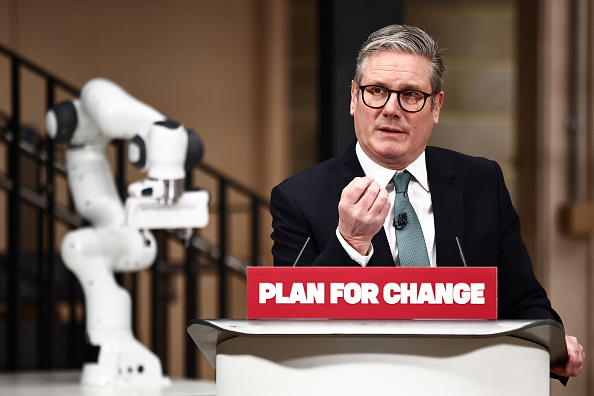For what feels like years, IT departments have been under pressure to do more with less. The phrase in itself has become cliché in our industry, so often do they hear it.
Every project is focused not only on reducing initial capex, but every investment must be able to deliver significant and demonstrable return. A stark contradiction, IT must both save money and make money.
This pressure has actually been one of the things driving innovation within our industry in recent years. New cost models have been evolved, there has been a significant shift towards opex and leasing, with adoption of cloud services also playing their role.
>See also: ERP customers at a crossroads
So it is disappointing that we hear of so many IT projects failing because of a lack of adoption. We have focused so heavily on getting the costs of the solution right, we haven’t engaged with the people who are actually going to realise that investment and ensured the solution answered their needs.
Be it internal employees or your loyal customer base these are the people who make or break the investment: if customers don’t find a new purchasing portal intuitive, they won’t use it, same for employees who find a new file sharing system too complex.
Shadow IT is too easy an alternative in today’s app-drenched world. That’s why understanding and investing in the user experience is now fundamental to every IT project.
The importance of seamless and effective user journeys cannot be overstated. Whilst internal users may accept some compromise, from a customer perspective it is non-negotiable; a recent survey from Capita Networking Solutions concluded that a huge majority of people (86%) would re-evaluate their relationship with an organisation if they had a bad customer experience. This means that getting these journeys right is vital for customer retention, ultimately, the bottom line.
>See also: How to create customer-centric data platforms
How IT departments respond to this ever-evolving challenge is critical. How do you focus investment when platforms launch and fade overnight? Where do you focus investment when new technologies are quickly adopted by the young but older generations remain wedded to the status quo? How do you prevent the disconnection of those unable – or unwilling – to adopt?
It is simple. Put users at the centre of everything you do. It’s amazing how many organisations put some user testing at the end of the project cycle. It needs to be at the beginning.
Bring user experience (UX) to the forefront, and invest not just in technology but in gaining a deeper understanding how and why customers want to interact with your organisation.
Capita Networking Solutions, in its whitepaper Giving customers what they want: A blueprint for creating a single, consistent customer experience, assesses two potential UX tools which can assist organisations of all shapes and sizes ensure they are focusing on the right touch points for the needs of their customers while still protecting the bottom line.
The first is the customer journey map.
Understanding the customer journey is essential – it is the sum total experience your customer has of your organisation and it directly impacts the calibre of the relationship. The issue is that touchpoints are often owned by different parts of the business – the website by marketing, the contact centre by operations, the billing platform by finance.
>See also: New age service desk for a digital enterprise
Not to mention legacy platforms. Essentially, there is no overall owner, but what the customer wants is to experience just one organisation. And if one touchpoint lets the user down, the whole journey is broken.
This is where a customer journey map can help. By undertaking activities such as User Experience Testing (literally walking through the journey side by side with a customer), you gain a high-level view of the complete conversation across all touchpoints, the results of which are filtered into the second UX tool, Service Design.
Service Design helps join all the dots of the service eco system. It incorporates both the physical and digital, exposing opportunities for innovation and creativity; most importantly it provides a platform for practically reviewing a solution’s overall workability.
>See also: Navigating the minefield of ERP support
It goes without saying that justifying IT spend and keeping costs sustainable will always be priorities for IT decision makers. But with IT becoming both more complex and more personalised, having a clearly-defined understanding of what the user really wants can not only help ensure adoption, it will drive the transformation and innovation so critical to gaining competitive advantage.
Sourced by Adam Jarvis, managing director, Capita Networking Solutions (V)










